Driving in Iceland is the most popular way to explore the country. Iceland is a great destination for road trip enthusiasts. The Ring Road, the Golden Circle, the South Coast and more are all popular Iceland drives. But before you go renting a car and traipsing around the country, read all about the more unusual driving in Iceland experiences below. This information will help you plan your drive and prepare for some of the more unexpected nuances of driving in Iceland.
Stuff In This Post
ToggleRenting A Car In Iceland
Self-Driving tours are incredibly popular in Iceland. We drove both the Ring Road and the Golden Circle and loved every minute of the two week road trip. Generally, we love the independence that self-drive tours give us. We are able to come and go as we please, stay extra time at destinations we love and stop for fun roadside sights. However, we understand that driving isn’t for everyone. Iceland does have a ton of guided tours, a few of which we’ve listed below.
Iceland also has a bus system that runs around the country to different tourist destinations. However, bus stops are infrequent. So if you are planning to travel by bus, you’ll need to time your travel according to the bus schedule.
However, if the self-drive option is right for you, you’ll need to rent a car. The easiest place to rent a car is in Reykjavík or at the International airport. There are rental locations in Reykjavík but prices at the airport are cheaper.
To rent a car in Iceland, you’ll need an English language driver’s license or an official translation. You’ll also need a credit card. Drivers must be 20 years old to rent a car or 23 to rent a 4WD vehicle. You also need to have held a license for a year or more.
Make sure to book a car well in advance as the tourism industry is strong in Iceland and there often aren’t enough cars for everyone wanting one.
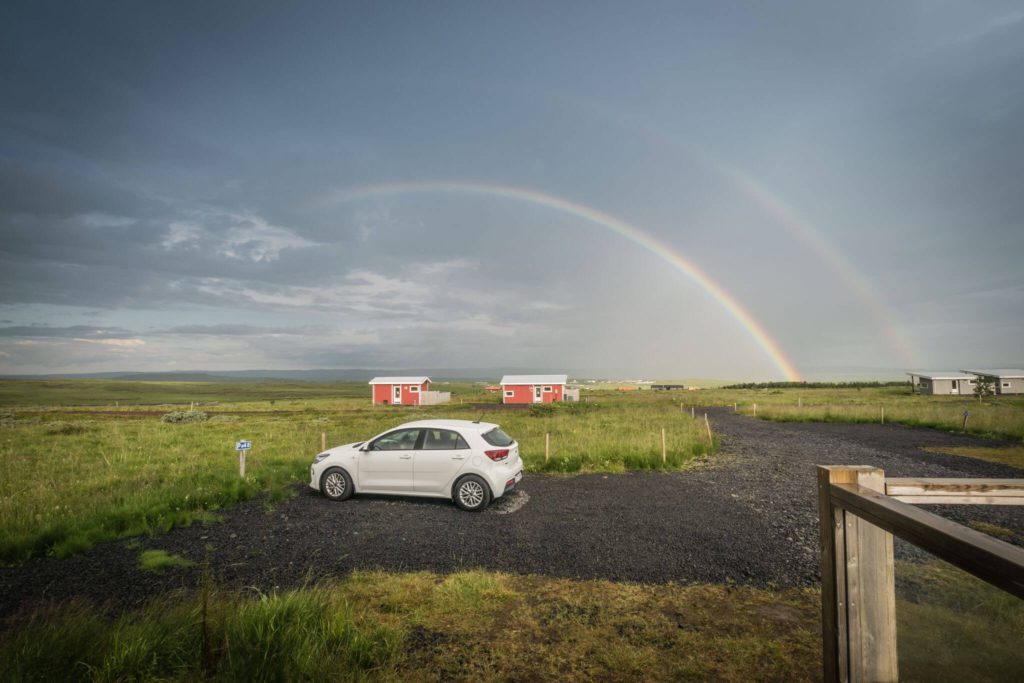
Choosing A Rental Car
When choosing a rental car, know where you want to travel. If you are traveling the Ring Road, the Golden Circle and other popular areas in the coastal regions of the country, you will be fine with a small compact car. We had the gem above and we went everywhere we wanted to go. However, if you want to drive into the central part of Iceland on any roads starting with a F, you will need a 4WD vehicle. These tend to be more expensive. Even with a 4WD vehicle, off roading in Iceland is illegal, so if you want to do that, you’ll need to book a tour. Also, crossing rivers in Iceland, even if it’s an official road crossing, is often not covered by insurance, so proceed at your own risk.
Many Icelandic cars are manuals. If you cannot drive a manual, make sure to specifically book an automatic.
When renting a car, they always try to get you to pay for extra insurance. As with any other destination, check with your credit card company and your personal insurance company to see if this is offered through them. We did need to have a copy of our credit card’s insurance policy in order to decline extra coverage so it’s a good idea to travel with this. Rental agencies will also attempt to sell you windshield chip insurance. This is up to you whether you want to accept this. We did not – we just decided we’d pay for it if we got a chip. That being said, there seems to be loose gravel on all roads (even paved roads), so be aware of this possibility.

Driving In Iceland
Driving in Iceland is relatively easy. They drive on the right side of the road (right meaning both “opposite of left” and “correct”). Popular tourist routes are also well signed. Signs are generally in both English and Icelandic if needed. For a full list of Icelandic road signs, check out the Wikipedia post with all of them listed here.
When driving in Iceland, you should have your headlights on at all times. Most rental cars do not have automatic headlights, so make sure to turn them off when parking. Also, seatbelts are required and just plain smart so buckle up.
Roads in Iceland are pretty easy to navigate as there is rarely traffic outside of Reykjavík and Akureyri. Outside of these towns, we only spotted one stop light in the whole country. Inside of these towns, there was enough traffic that we could just go with the flow. Overall, Iceland was one of the easiest places to drive for a native US driver like us.
Hazards While Driving In Iceland
These are the main Icelandic road hazards that we found unnerving. However, we learned to navigate these easily. If something bad happens while driving in Iceland, call 112 for emergency services.
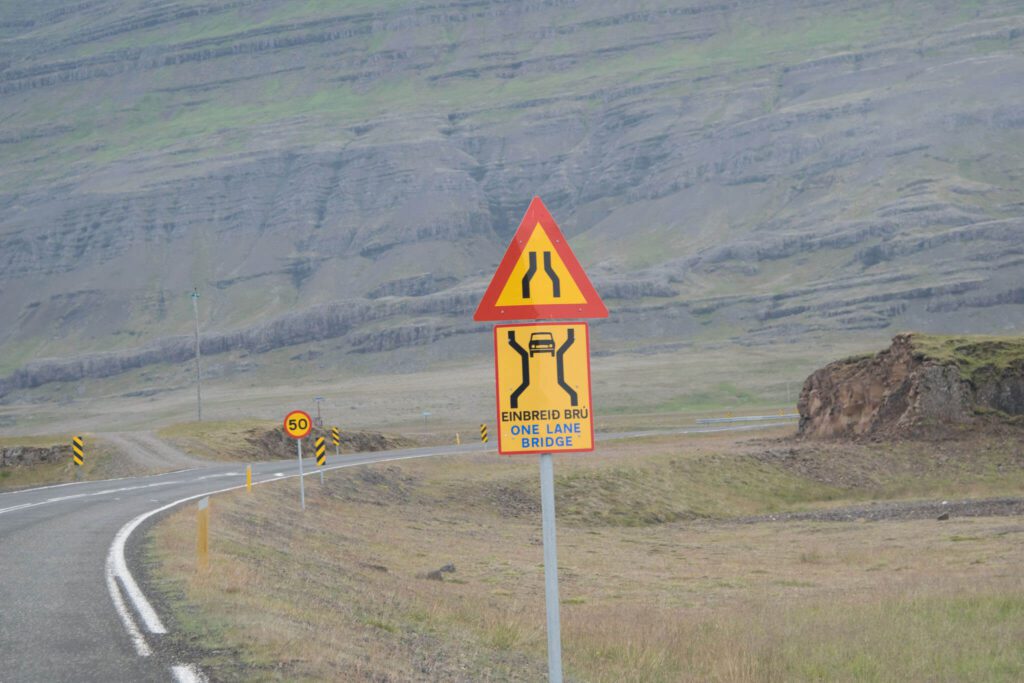
One Lane Bridges
Okay, this was the most terrifying part of driving in Iceland. But once I mastered this skill, I felt like a pro. We all know that bridges are expensive. So I guess Iceland has decided to save some money by making one lane bridges on two lane roads. You’ll see the sign above before a one lane bridge indicating there is only one lane. You take a peak, determine if anyone is on the bridge, then drive over it if no one is. The general rule is first come, first cross. So if there is oncoming traffic on the other side of the bridge if you get to it first, you cross. And if you get to it second, you wait.
If you really want to try your hand on the one lane concept, there are a few one lane bridges and tunnels (oh did I forget to mention that tunnels are only one lane too) where you can’t see the other side. These have small pull over sections stationed at various points along the way. Basically, if I saw someone coming, I pulled over into one of these if I could. There was only one awkward time in a tunnel where the oncoming car had to do some reversing.

Two Lane Hills
Where Iceland lacks lanes on bridges and in tunnels they make up for it on gravel hills in excess. Presumably, since there are no lines painted on gravel roads, when there is a blind spot on a hill they have created island in the middle of the road to separate traffic. However, when driving at night, these were hard to spot. So be aware that you may need to dodge these when traveling on unpaved roads.
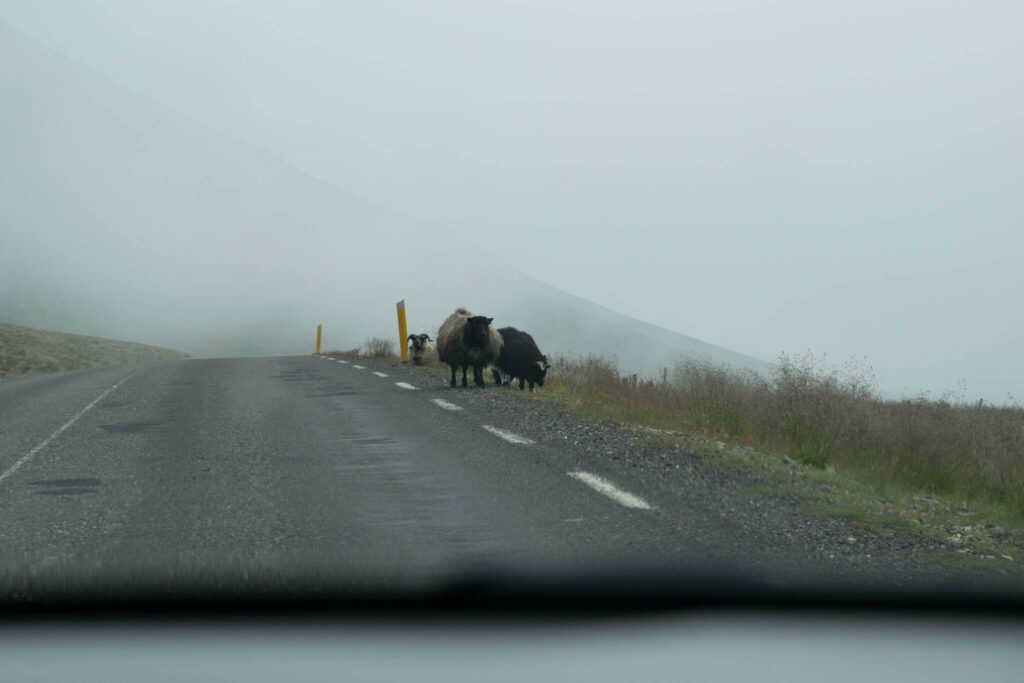
Road Sheep
There is a very common breed of sheep in Iceland: road sheep. This sheep’s natural environment ranges from one shoulder of the road to another. They are rarely seen inside fences. And when you drive near these sheep, they do not move, unless it is to further enter the roadway or otherwise get in your way. So be careful not to hit these special Icelandic road sheep as you may have to pay for the sheep if you damage them.
We also saw the more elusive road horse and road cow so keep your eyes peeled for them as well.
Gravel Roads
Gravel roads in Iceland are maintained – sometimes. Other times, it’s like driving over an old fashioned washboard. It’s not impossible. We did it several times in our adorable little compact. However, it is uncomfortable. We also found that the speed limits posted on these gravel roads were not comfortable for us to drive – so we got passed a lot. It was very uncomfortable but something that we managed.
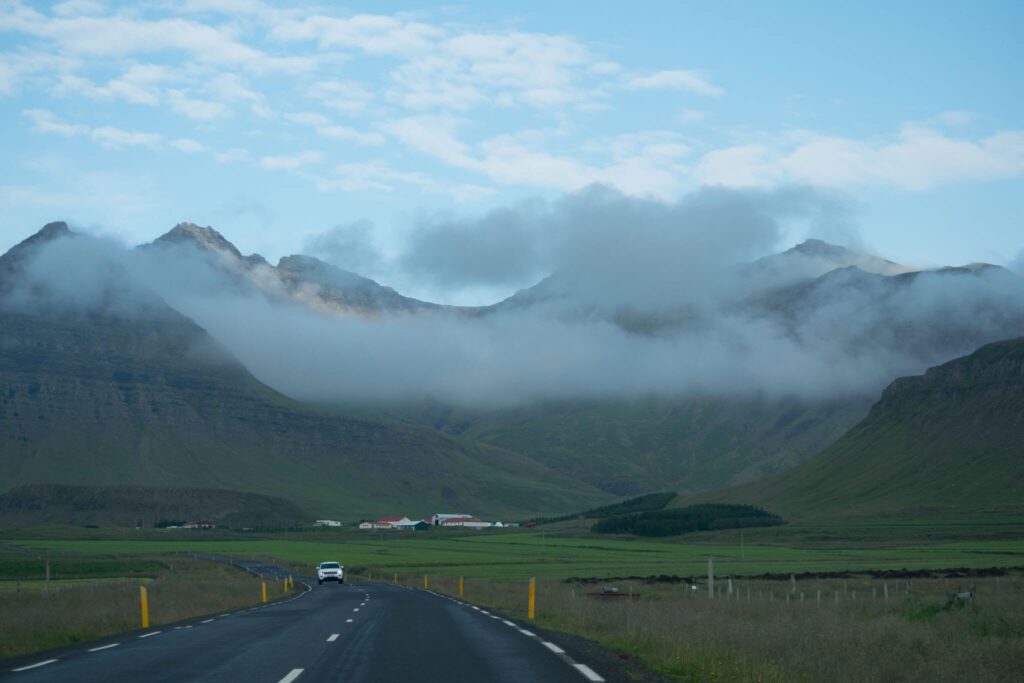
Wind
Iceland can be REALLY windy. Even when the weather is nice. This is especially exaggerated when you are close to the coast or on the top of a hill. Be cognizant of this and make sure the wind does not rip your door off the hinges. I haven’t checked but I’m fairly confident that is something insurance wouldn’t cover.
Winter
We did not drive in Iceland in the winter but we have driven in the winter and it’s harder than driving in the summer. Is it impossible? No, but you will need a special set of skills and if you have driven in winter conditions, Iceland should not be the place that you try it out. If you have experience driving in the winter, you know the risks and can make that decision. However, remember that MANY roads in Iceland close in the winter. For a full list of winter road conditions, check out their website here.
Drinking and Driving in Iceland
Drinking AT ALL and driving is illegal in Iceland. And they take this seriously. So while drinking and driving is never a good idea, in Iceland it is an extra bad idea. So always designate a driver or do your drinking at your accommodations.

Speeding In Iceland
Speed limits are posted frequently; they are the signs with the number inside a red circle. Speeding In Iceland is generally frowned upon as it is elsewhere in the world. However, Iceland also literally frowns on speeding with the common speed monitors above. If you are speeding you get a frowny face and if you are driving the speed limit you get a smile. I’ve never driven the speed limit more in my life (turns out I respond well to positive reinforcement). We never got a speeding ticket because of these lovely smiles, but we have heard that speeding tickets are outrageously expensive.
Parking In Iceland
Parking in Iceland is generally free outside of Reykjavík and Akureyri. In both of these cities, street parking is paid, generally via an app or at a kiosk with a credit card. If you’re staying in these cities, look for accommodations with parking so you can park your car for free and walk about town.
Several top tourist attractions, like Vatnajökull National Park, also charge a parking fee, rather than an admission fee. These fees seemed really minimal to us for the amount of enjoyment we got out of these attractions. Parking lots in most of these areas were ample. In areas that did not charge for parking, lots were smaller and sometimes were full, especially mid-day.

Gas In Iceland
Gas in Iceland is expensive. For example, take the price per gallon of US gas and then apply that to a liter of gas instead (less than a gallon for those that don’t convert). However, if you drive a compact car like we did, the gas milage is amazing. People renting those 4WD vehicles, be prepared to pay hundreds in gas.
Gas stations in Iceland are self-service, so you will need to pump your own gas.
Make sure to get gas anytime you fall below a half tank. Gas stations in the rural areas of Iceland are spread out.

Paying For Icelandic Gas
Smaller gas stations do not take credit cards that don’t have PINs (which apparently is a thing European cards have and American cards refuse to provide-we asked). In theory, these stations accept debit cards but we didn’t want to risk it. Instead, we bought N1 gas gift cards at the N1 stations that accepted credit cards. N1 is a popular gas station franchise in Iceland, however, you could also follow this strategy with other brands. These cards need to be purchased ahead of time at a matching gas station in a large town. We bought a few in the course of our Iceland road trips.
When looking to pre-pay for gas (pre-pay only), you’ll want to head to one of the centrally located payment kiosks. You cannot pay at each pump. So note your pump number and how much you want to buy before trying to pay. If you over pre-pay for gas, you may still be charged the full amount and then be refunded the unused balance. So don’t be surprised if your credit card receipt looks a little funky. For the gas stations that did accept American credit cards, we generally would get rejected and have to go inside and pay at the counter.

Navigating Icelandic Roads
Roads in Iceland are well signed on popular tourist routes. A few areas we visited were less well marked but still easy to follow. Also, Iceland does a really good job of indicating tourist stops with special attraction signs throughout the country.
Overall, Iceland’s limited number of roads really make taking a wrong turn less of a possibility. We bought this amazing Iceland map that we loved using. We also downloaded the Google Map of Iceland. While this didn’t have the best directional information for navigating (lots of wrong destinations for tourist stops), it was helpful for us to find things in towns like gas stations and restaurants.
Overall, driving in Iceland was a really fun experience. Even that one lane 3.4 km tunnel was fun. So if driving around Iceland is appealing to you, we encourage you to give it a try with one of these road trips. We hope this article has prepared you for you Iceland adventure. To read more about our Iceland travels, check out our posts here.
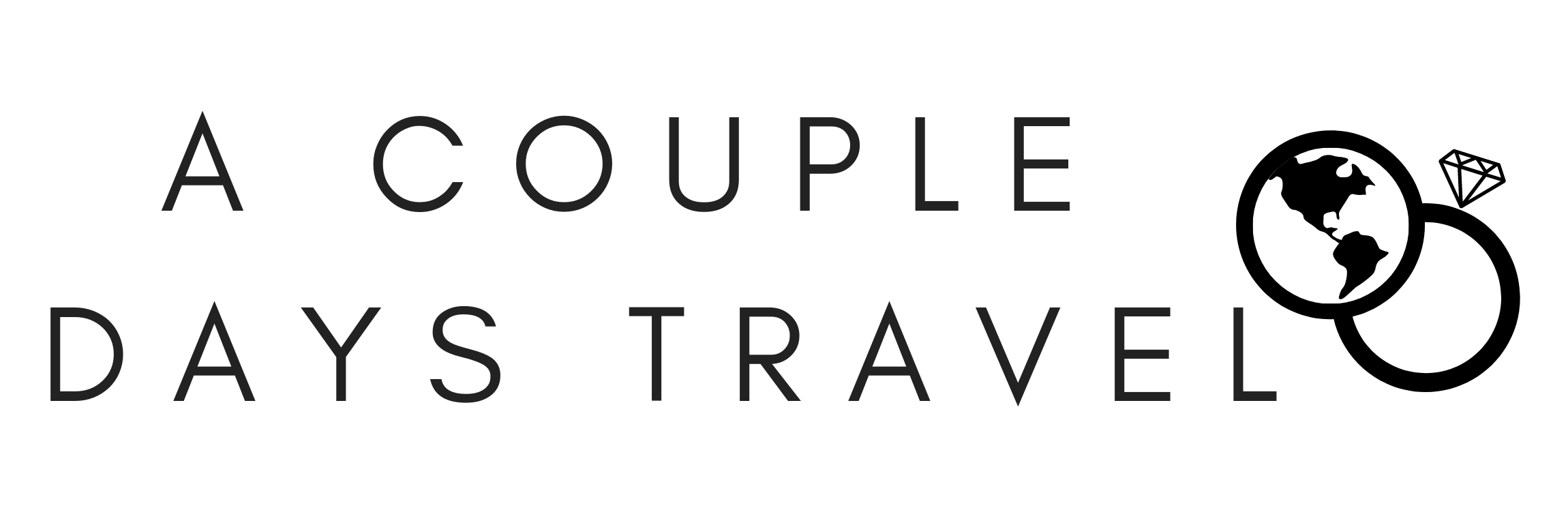



Hi! I’m at work surfing around your blog from
my new iphone! Just wanted to say I love reading your blog and look forward to all your posts!
Keep up the superb work!
Very helpful. Thank you!!